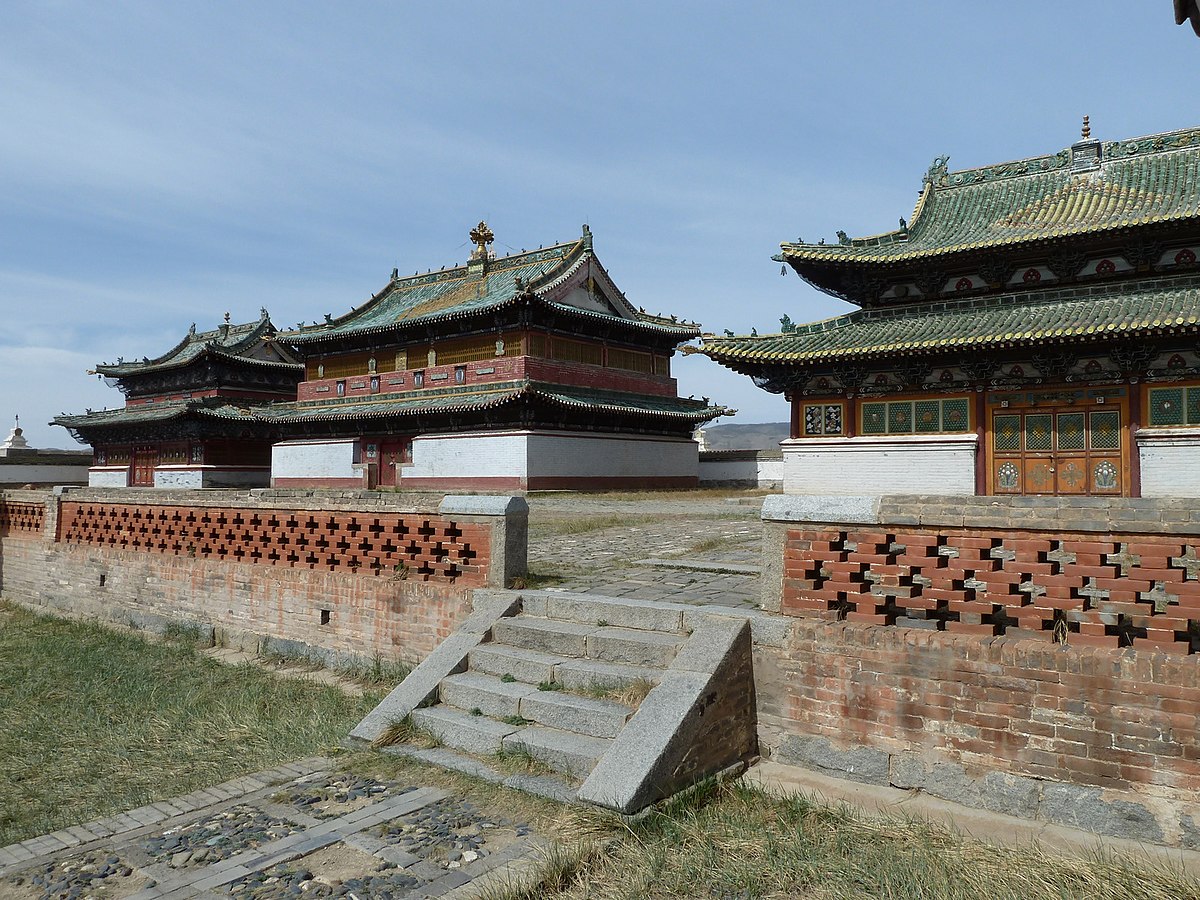Tsagaan Sar: How to celebrate the Lunar New Year in Mongolia?
Tsagaan Sar, the Lunar New Year, is one of the most important and widely celebrated festivals in Mongolia. It marks the end of winter and the beginning of spring, symbolizing the renewal of nature. Here’s how Tsagaan Sar is traditionally celebrated in Mongolia:
- Preparation of Buuz (Traditional Dumplings):
- Families start preparing for Tsagaan Sar well in advance. One of the main traditional dishes is buuz, which are steamed dumplings filled with minced meat (usually mutton or beef), onions, and various seasonings. Families often gather to make large quantities of buuz in the days leading up to the festival.
- Cleaning and Decorating:
- Homes are thoroughly cleaned to welcome the new year and remove any negative energy. Traditional symbols, such as the “ulaan tug,” a ceremonial blue silk scarf, are hung in the home. Mongolian families also display the “shagai,” or anklebones of animals, as a symbol of luck.
- Wearing Traditional Clothing (Deel):
- People dress in their finest traditional clothing, known as “deel,” during Tsagaan Sar. The deel is a long, colorful robe with a sash and is often adorned with intricate patterns. Wearing new clothing symbolizes a fresh start for the new year.
- Visiting Elders and Relatives:
- It is customary for families to visit the homes of elders, such as grandparents and parents, to pay respects and receive blessings. Younger family members present traditional greetings and receive gifts or money in return. This practice reinforces family ties and respect for elders.
- Offering and Receiving Snuff Bottles:
- Giving and receiving snuff bottles is a common tradition during Tsagaan Sar. The gesture is a symbol of goodwill and is believed to ward off evil spirits. Snuff bottles are often intricately decorated and may contain a small amount of snuff.
- Participating in Religious Ceremonies:
- Many Mongolians also visit local monasteries or temples during Tsagaan Sar to participate in religious ceremonies and receive blessings from monks. The spiritual aspect of the holiday is an integral part of the celebration.
- Sharing Meals with Family and Friends:
- Tsagaan Sar is a time for feasting and sharing meals with loved ones. In addition to buuz, various other traditional dishes are prepared, including airag (fermented mare’s milk), aaruul (dried curds), and boortsog (deep-fried dough).
- Playing Traditional Games:
- Families may engage in traditional games during Tsagaan Sar, such as anklebone shooting and knucklebone games. These activities add a festive and playful element to the celebrations.
- Exchanging Well Wishes:
- Throughout Tsagaan Sar, people exchange heartfelt greetings and well wishes for the new year. Common greetings include “Амар байна уу?” (Amar baina uu?), meaning “Are you well?” and “Амар асуулга” (Amar asuulga), meaning “Have a peaceful New Year.”
Tsagaan Sar is a time of joy, reflection, and connection with loved ones, and the celebrations typically last for several days. It is a deeply rooted cultural and social event that holds great significance in Mongolian tradition.

















